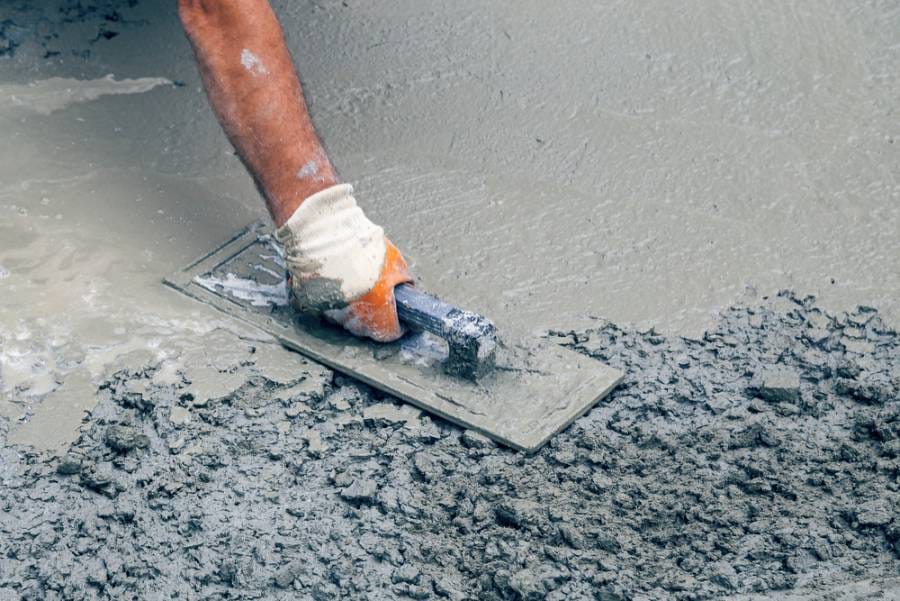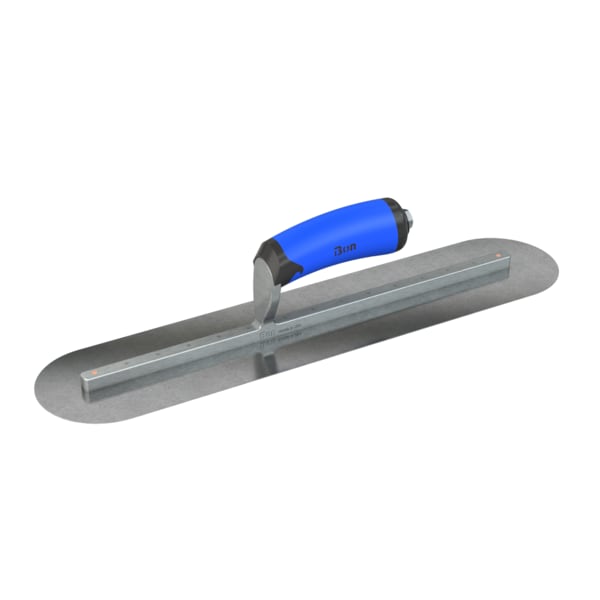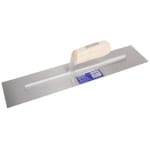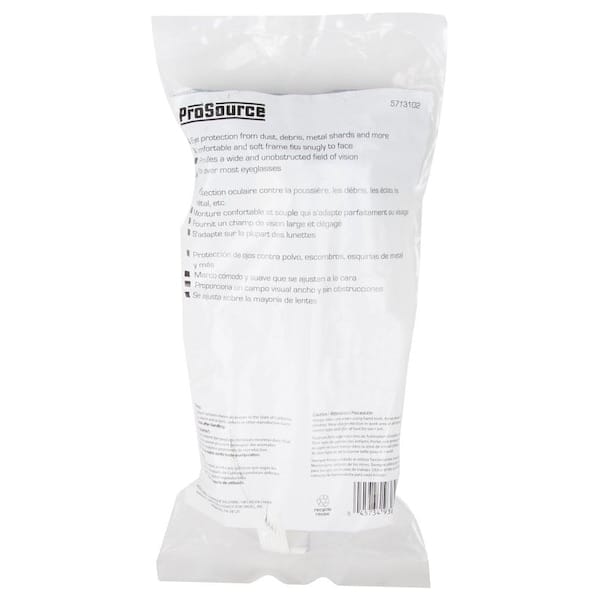🏗️ The Different Types of Concrete Trowels (And What Makes Each One Unique)
Concrete work might look simple from a distance—pour, spread, smooth—but when you get into it, you quickly learn that the tools you use make all the difference. And when it comes to finishing concrete, trowels are the stars of the show.
Whether you're a DIYer laying a new patio or a pro prepping a warehouse floor, choosing the right trowel can mean the difference between a rough, cracked mess and a beautifully finished slab.
Let’s talk about the common types of concrete trowels, what they do, and what makes each one stand out.

🔨 1. Hand Trowels: The Essentials for Detail and Control
🔹 Finishing Trowel
The classic flat, rectangular trowel you see in most toolkits. It’s used toward the end of the job to smooth out the surface and leave a polished, professional look.
✅ Best for: Final finish work
⭐ Unique for: Smooth, dense surface finish
🔹 Margin Trowel
Smaller and more narrow than a finishing trowel, margin trowels are built for tight corners, patch jobs, and precision work.
✅ Best for: Corners and edges
⭐ Unique for: Getting into hard-to-reach spots
🧱 2. Float Trowels: Preparing the Surface
🔹 Magnesium Float
A lightweight float that’s perfect for the initial smoothing pass after screeding. It brings bleed water to the surface and preps the concrete for finishing.
✅ Best for: Early-stage smoothing
⭐ Unique for: Lightweight, doesn’t seal the surface
🔹 Wood Float
Old-school but still valuable. Wood floats leave a slightly rough texture, ideal for exterior applications that need grip.
✅ Best for: Broom finishes, outdoor slabs
⭐ Unique for: Non-slip surface texture
🔹 Resin or Rubber Float
Used mainly in decorative or epoxy work, these floats are softer and won’t leave marks like metal ones can.
✅ Best for: Decorative concrete
⭐ Unique for: Gentle, non-marking finish
🏍️ 3. Power Trowels: For Speed and Scale
🔹 Walk-Behind Power Trowel
This machine looks like a lawn mower with blades and is used to speed up finishing on medium-to-large slabs. The operator guides it from behind.
✅ Best for: Residential or mid-size commercial projects
⭐ Unique for: Fast, consistent finishing over larger areas
🔹 Ride-On Power Trowel
Yes—you can actually ride this one. Ideal for huge commercial floors, this beast covers serious square footage fast.
✅ Best for: Warehouses, commercial floors
⭐ Unique for: Maximum productivity and reach
✏️ 4. Edging & Grooving Trowels: The Finishers
🔹 Edging Trowel
This one rounds off the slab’s edges to help prevent chipping and give a crisp, clean border.
✅ Best for: Sidewalks, patios, and driveways
⭐ Unique for: Durable and decorative slab edges
🔹 Groover (Jointing Trowel)
Used to cut control joints into fresh concrete, helping prevent random cracks as the concrete cures.
✅ Best for: Control joints in slabs and sidewalks
⭐ Unique for: Directs where cracks will happen
🪜 5. Fresno Trowel: The Long Reach Finisher
The Fresno is like a big finishing trowel attached to a long pole. It's perfect for large flat areas where you don’t want to step on the concrete.
✅ Best for: Patios, driveways, and garage floors
⭐ Unique for: Smooths from a distance—no footprints!
📌 Final Thoughts
Concrete finishing is as much about using the right tool as it is about skill. Each type of trowel plays a specific role—from early prep to final detailing—and understanding the differences will help you get better, more professional results.
If you’re just starting out, focus on building a toolkit with the basics (like a finishing trowel, mag float, and edger). As your projects grow, you’ll naturally reach for power trowels or specialty tools like the Fresno.






